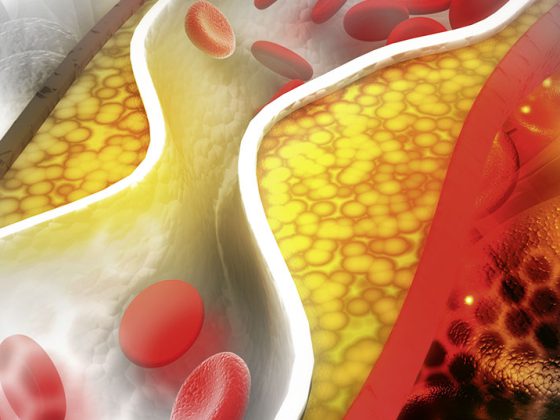There is hardly any other discipline in which such great and rapid progress has been made as in oncology and hematology. As the studies honored as Best Abstracts demonstrate, immune and gene therapies continue to revolutionize the treatment of malignancies.
Based on interim analysis of a phase III study, the oral FLT3 inhibitor gilteritinib was approved for monotherapy in adult patients with relapsed or refractory (R/R) acute myeloid leukemia (AML) with FLT3 mutation. In our experience, these affected individuals respond poorly to parenteral salvage chemotherapy (SC). Now the results of the overall evaluation have been presented. 371 affected individuals were randomized 2:1 to receive either gilteritinib or chemotherapy with low-dose cytarabine selected before randomization. It was found that OS was significantly longer with the FLT3 inhibitor (9.3 vs. 5.6 months) and survival at 12 months was also significantly higher (37.1%) than the SC arm (16.7%). Complete remissions were achieved in 21.1% of gilteritinib patients, compared with only 10.5% in the comparison group.
The impact of IDH 1 and 2 mutations in AML.
Mutations of the IDH1 and IDH2 genes are common in AML. To examine their influence on outcome, data from 5213 adults were analyzed. Significant differences in baseline characteristics between the two most common mutation types were detected in IDH1-mutated individuals. Patients with an R132C mutation were older, had lower WBC, and were less likely to have NPM1 and FLT3-ITD mutations than individuals with the R132H variant. In addition, the complete response rate (54% vs. 74%) and OS (12.9 months vs. 21.8 months) were significantly lower. Accordingly, AML patients with IDH1 R132C have a worse prognosis than those with R132H.
Risk factor PET positivity in Hodgkin’s lymphoma
The standard of care for advanced Hodgkin’s lymphoma (HL) is PET-matched therapy. The extent to which PET also plays a role in early stages is still unclear. To shed light on the issue, 1150 patients with newly diagnosed early-stage HL were studied. They received either the standard combination of 2xABVD and 20 Gy IFRT or PET-guided treatment, with IFRT restricted to sufferers with a Deauville Score (DS) ≥3 after two ABVD. One of the key objectives was to determine whether a DS ≥3 is associated with lower PFS in CMT-treated patients. The scientists were able to demonstrate that a positive PET after 2xABVD indeed suggests a higher tumor volume. PET positivity is therefore a risk factor with regard to PFS.
Source: Annual Meeting 2019 of the German-Speaking Societies of Hematology and Medical Oncology (DGHO)
InFo ONCOLOGY & HEMATOLOGY 2019; 7(6): 33 (published 12/7/19, ahead of print).











